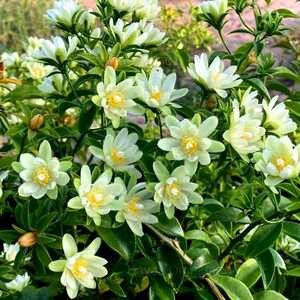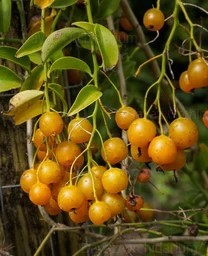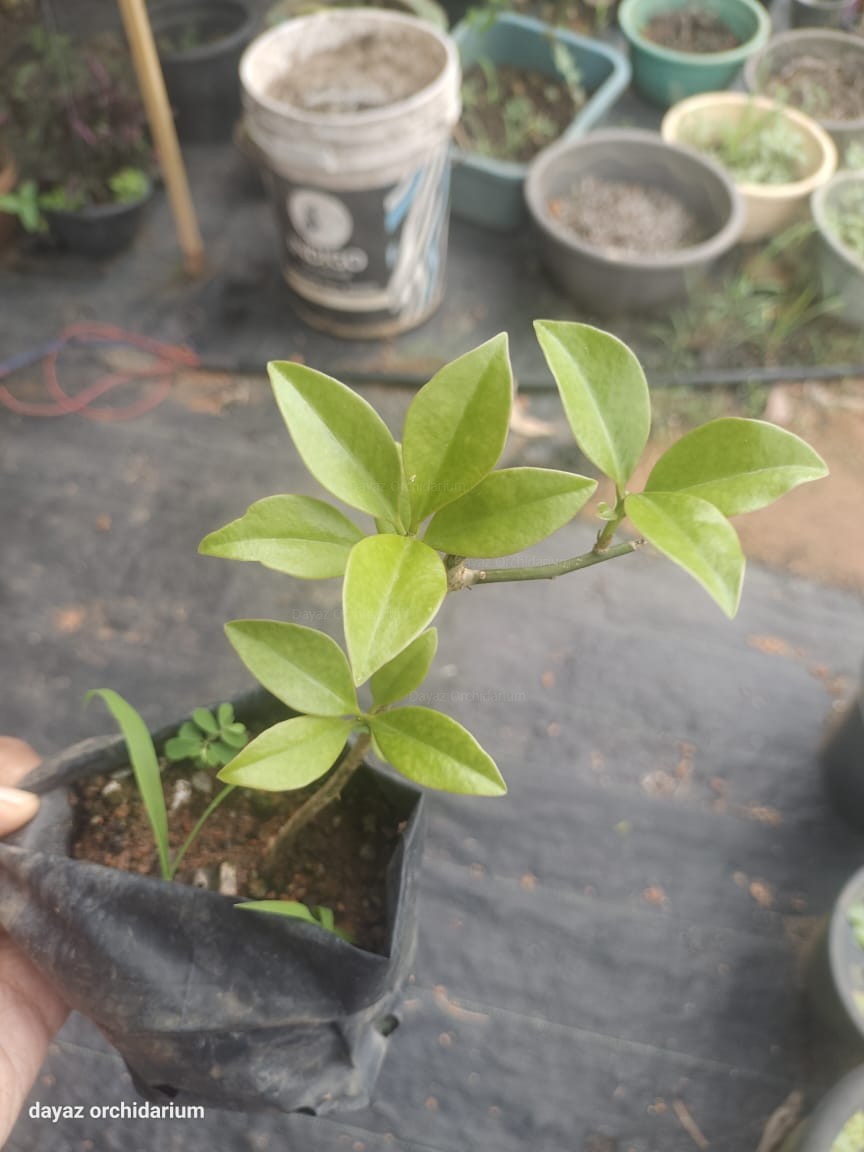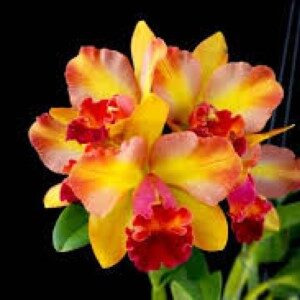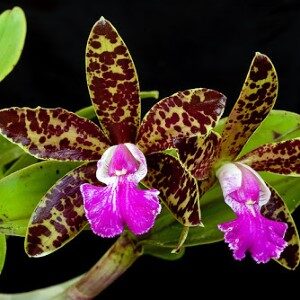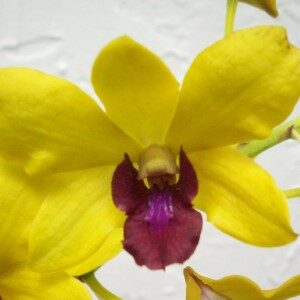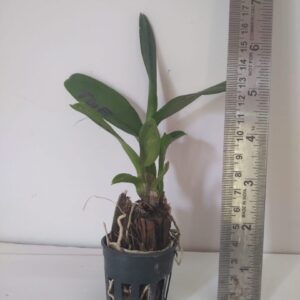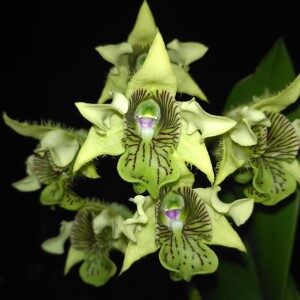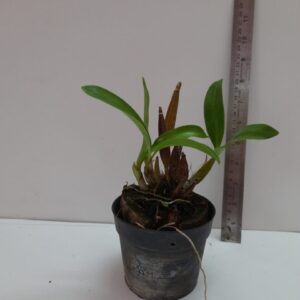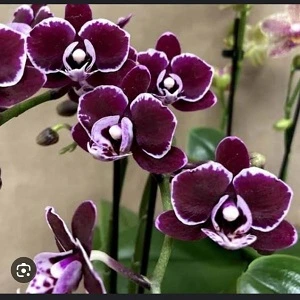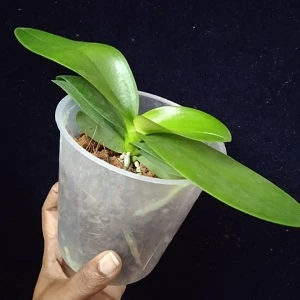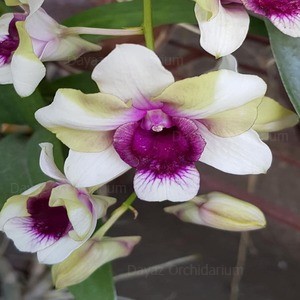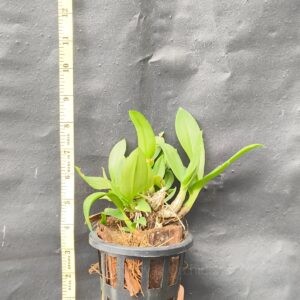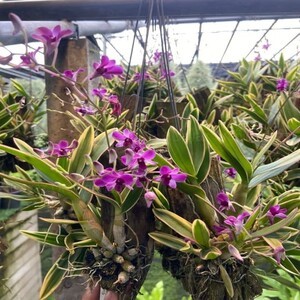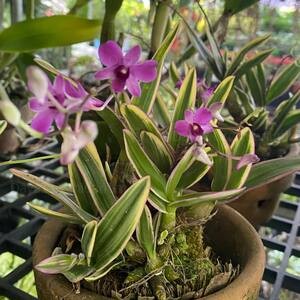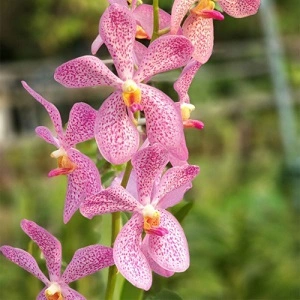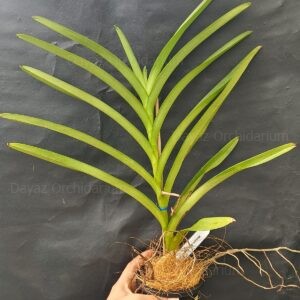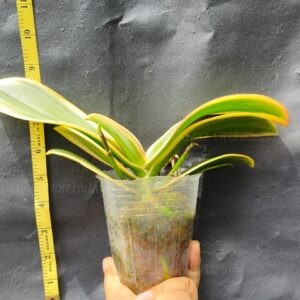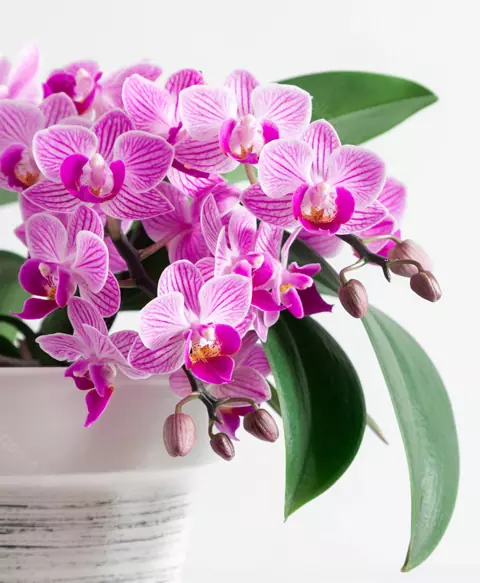Appearance: Unlike most cacti, Pereskia aculeata has thin, woody stems with green, fleshy leaves that are oval or elliptical. It can grow as a climbing vine or sprawling shrub.
Flowers : The plant produces clusters of small, creamy-white or pale pink flowers, which have a sweet fragrance and bloom primarily in the late summer to fall.
Fruit : The fruits resemble small gooseberries, are yellow to orange when ripe, and are edible, with a tart flavor. They are often used in jams, jellies, or eaten fresh.
Habitat
Native Range : It is native to tropical and subtropical regions of the Americas, including Brazil, where it often grows in dry forests, thickets, and coastal areas.
Growth Requirements: Pereskia aculeata prefers full sun to partial shade and well-drained soil. It is drought-tolerant but can also withstand periodic flooding.
Uses
Edible Uses : The young leaves and shoots are edible and are consumed as a vegetable in some cultures. The fruit is also edible and is used in various culinary preparations.
Medicinal Uses: Traditionally, Pereskia aculeata has been used in folk medicine for its anti-inflammatory and antioxidant properties.

